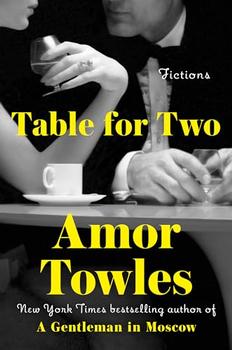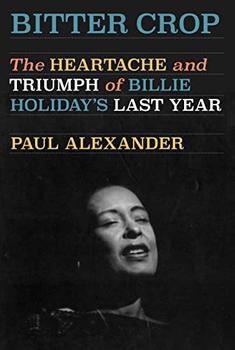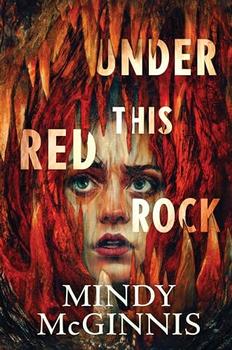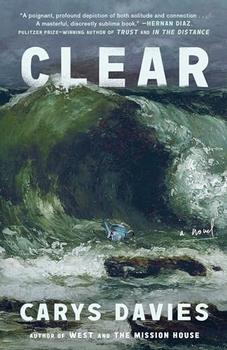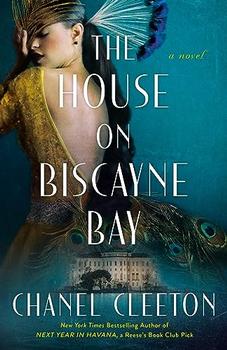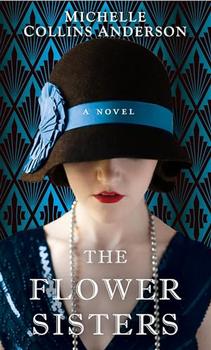Reading Guide Questions

Please be aware that this discussion guide will contain spoilers!
- Talk about the author's choice in structuring the book—how he began
generally, filling in essential background and then gave us various
portraits of Jesus. How does this winnowing process help you understand
Jesus?
- Do you feel more drawn to one or the other of the versions of Jesus? Does
the Jesus who Mark or Matthew knew ring truer to you than the other
portraits of Jesus? What purposes do the non-eyewitness portraits of Jesus
(Paul's, Luke's, John's) serve?
- Discuss the state of languages—Greek, Hebrew, and Aramaic—in the world
around the time of Jesus. What role did language play in spreading or
slowing the word of Jesus?
- The author speaks of the authority of the dispossessed when it comes to
writing true history. Discuss this in the light of the Torah, the Synoptic
Gospels, Paul's letters, and even more recent historical or literary
writing. Do people on the fringe see the truth more clearly than do the
people in power?
- The Jews of Egypt fought for Caesar, an uneasy partnership that would
again come into play during the time immediately preceding Jesus' death.
Talk about the strange bedfellows that politics and war can make.
- Discuss the contradictions of creating peace through military force. In
Jesus' time, prior to that, and today.
- Jesus as a gentle prophet is somewhat different from earlier Hebrew
prophets. What did Jesus do and say that illustrates this difference?
- The author believes that it's urgent that Christians come to understand
that Christianity is a form of Judaism "if they are to know who they
are" (page 90). Do you agree? Why or why not?
- Discuss Jesus' mother. Do you see Mary as a shy child-bride or as a
pragmatic, strong, smart Jewish girl? Which way does her Magnificat portray
her? In what ways is Mary similar to any fiercely loyal, pushy, loving
mother? In what ways is she different?
- Can a person have a "Damascus experience" and only gradually
realize it? Does it become a conversion moment only if it is acted upon in
some external way? Or can the conversion take hold internally and gradually
come to fruition?
- The author presents Peter and Paul as partners and friends who complement
each other. Discuss their friendship, the work they did, and the way they
both died. Was Paul's role in the Jesus Movement more important than
Peter's?
- The author tells us that Paul insists on sexual and economic equality.
Discuss the controversial parts of Paul's letters that argue for or against
his belief in equality between women and men.
- Paul believed that "No one is made righteous by keeping rules"
(page 152). Why did so many Gentiles come to Judaism after Jesus' death?
Discuss the controversy over the laws of Judaism that the Gentiles didn't
abide by as they became part of the Jesus Movement during the first century
A.D.
- The author speaks of "odium theologicum--hatred for those nearby who
are religiously similar to oneself but nonetheless different" (page
184). Do you see this principle at work today? How can we guard against it?
- Luke, a Gentile who sat amid the temptation of Greco-Roman society, says
that wealth makes a Christlike life impossible. Do you agree? Was Luke more
radical than Jesus on this point?
- In speaking of Luke's Jesus, the author states that Jesus does not feel
compassion, he is compassion. Discuss this difference.
- Discuss John's Gospel as the source of hurt feelings and exclusivity that
will add to the idea of the Jews as enemies throughout the course of
history. Where did John's anti-Semitism come from?
- It took early Christians nearly four hundred years before they could bear
to depict Jesus' crucifixion—only then had the firsthand memories of this
tragedy faded enough to give them some necessary distance. When it comes to
images, we no longer receive much or any distance from our tragedies—think
of Holocaust images or images from recent ethnic cleansing in the Balkans or
genocide in Africa. How does such immediacy help or hurt us and our
understanding of tragedy?
- The author asks if our spiritual tradition "has become so
universalized that it may be claimed by anyone but can no longer boast any
characteristic proponents" (page 307). Do you think it has?
- The author believes that the teachings of Jesus are responsible for a
shift in consciousness toward peace and against the evils of self-interest.
Talk about the evidence of such a shift.
- Discuss the author's suggestion that Jesus would have supported a
separation of church and state.
- Currently, some politicians promote "compassionate conservatism"
or using faith-based charities as the primary means to help the poor. Based
on what you've read in this book, would Jesus and the early members of the
People of the Way be likely to support this notion? Would they also have
supported compassionate government intervention to help the poor?
- What can we do in our churches and synagogues to begin or deepen the
process of Jewish-Christian reconciliation?
From the Trade Paperback edition
Unless otherwise stated, this discussion guide is reprinted with the permission of Anchor Books.
Any page references refer to a USA edition of the book, usually the trade paperback version, and may vary in other editions.

